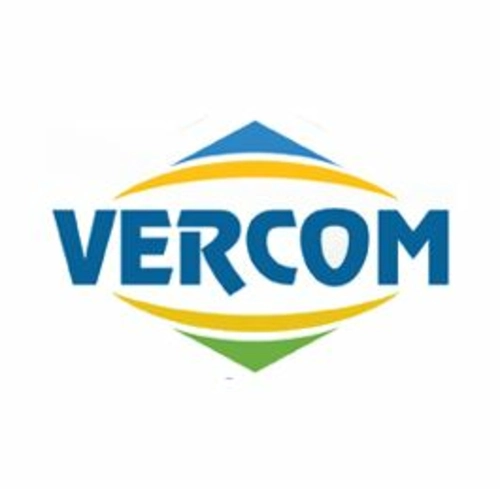For a screener, is the screening throughput necessarily linked to the screening area? What will be the maximum flow rate (m3/h) possible?
2 answers
The throughput of a screener, whatever the type (trommel, stars, etc.), depends on many factors: the screening surface, the humidity of the products to be treated, the particle size distribution, the setting of the regulation system, the quality of the expected sorting, the presence yes or no of foreign bodies, the mode of supply, the efficiency of the system for unclogging the mesh, etc.
However, all other things being equal, the screening surface is a major determinant of the throughput of the machine.
It is also necessary to consider the instantaneous flow rate vs the weighted flow rate: the instantaneous flow rate or over a short period in any case, will be higher than the weighted flow rate, which takes into account the fluctuations in the passage of the products through the screen, or even periods of partial or total emptying of the feed hopper.
Hello,
It's a very interesting question.
You have to look at several factors:
1 - The approach to your product, size, density, humidity, shape, above all do not neglect the apparent and real density
2- following this first analysis, you have to look at the type of material compatible between the grids and your product. for example, polyurethane will not be used with hydrocarbon-laden products. This determination is very important in relation to your question because it gives an important parameter which is the permeability of the grid, and therefore its power of passage or screening.
3- The most widespread separation technology is vibration, but there are several technologies within this family with different vibration trajectories. There may also be trommel, or static grid. Here again you have to see what is compatible or not with your product (we are not talking about price yet). once the technology has been stopped, we will be able to correct the previous factor, which we call: passing per square meter, in order to adjust the surface.
Thus a product will need 5m² of surface to be screened if we use a circular vibrating screen and rubber grids, and for the same product we will need only 2m² with stainless steel grids on a high energy screen.
we can then start talking about price-congestion-time etc....
Questions on the same topic
What parameters should be taken into account when sizing a trommel screen? diameter, length, torque, power...
Last response: Hello , Contact us and we will discuss your specifications, each need requires reflection, and depending on your volumes and materials, we adapt our trommels WWW.TPRE.FR
What is the difference between crushing and grinding?
Last response: We rather speak of crushing for the coarse particle size reduction (exp: from the quarry block to granules of a few millimeters), and of grinding for the particle size reduction in the powder phase. Read more
I have waste larger than 150mm and I would like to reduce its size. A hammer mill will be inefficient for the rocks and a crusher requires to separate the waste). What solutions do you recommend for shredding this mixed waste?
Last response: Hello, Could you specify the nature of the materials to be crushed? If I understand correctly, you have rock type materials, with metal inclusions? therefore not crushable? Read more
What parameters should be taken into account when choosing a trommel for rubble and demolition waste?
Last response: Hello a trommel screen for the rubble and demolition waste recycling sector is subject to specific constraints due in particular to the specific weight of this waste, its size (concrete blocks or... Read more
What are the differences between scalper, crusher, impactor and screener?
Last response: Hello, A scalper: is equipment used upstream of a separation process to remove the finest particles that are sometimes harmful to the rest of the process. Read more
What is a scalper? Is there a difference between a screen and a scalper?
Last response: Un scalper, dans le contexte industriel, est un équipement de traitement des matériaux utilisé pour séparer et éliminer les particules non désirées ou de grande taille d'un flux de matériau. Read more
Which screen to use for street sweeping waste?
Last response: hello we use screening buckets. our cups make it possible to separate the fines from the largest elements 0/10mm. it is particularly interesting for low volumes because the cost is low (about 1$ per... Read more
On a construction sorting center, what kind of screen would you recommend to obtain a clean 6/10 with wet products?
Last response: Hello, It is difficult to give you a point-blank answer, because the answer is conditioned by the capacity, the input particle size, the nature of the input products and whether they contain clays or... Read more
What parameters should be taken into account when choosing a mobile sand screening unit?
Last response: Lors de la sélection d'une unité mobile de criblage de sable, plusieurs paramètres techniques doivent être pris en compte : 1. Read more
What is the maximum rotational speed of a star screen?
Last response: La vitesse de rotation maximale d'un crible à étoiles dépend de plusieurs facteurs techniques, notamment le modèle spécifique du crible, le type et la densité du matériau traité, ainsi que les... Read more

